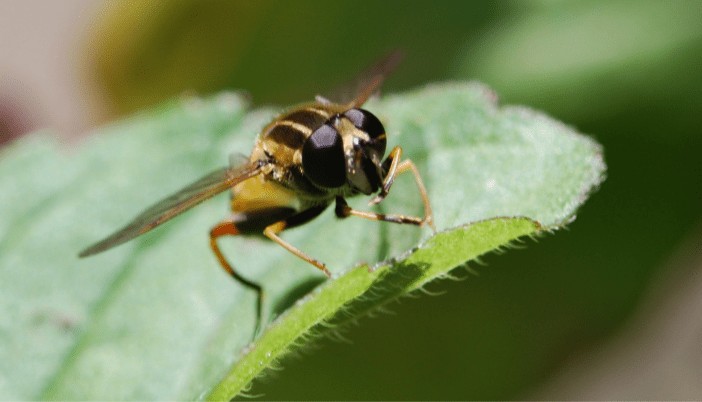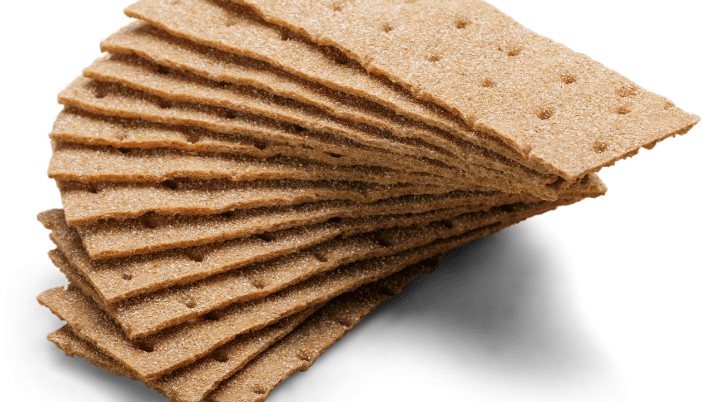Fig Newtons – Can Vegans Indulge In Them?
What are Fig Newtons?
In the 1800’s it was believed that many illnesses were linked to digestive problems and doctors recommended patients eat biscuits and fruit daily to help settle the stomach.
Figs were the perfect choice due to how well they complimented the taste of biscuits. They were a popular British snack and brought over to America by British Immigrants.
In 1891 Charles Rosser came up with the idea to put fig paste into a thick dough and the Fig Newton was born. They were first baked at the F.A Kennedy Steam Bakery and named Fig Newton after the town Newton, Massachusetts.
Produced by the company Nabisco, Fig Newtons are an extremely popular American snack, selling over 70 million bars a year. In fact, it is such a popular and well-recognized American snack that 16th January is recognized annually as National Fig Newton Day.
In 2012 Nabisco began to swap out the fig filling for other fruits such as apple, strawberry, raspberry, and mixed berry and in doing so decided to drop ‘fig’ from the ‘fig newton’ name. This was considered a huge identity crisis at the time for the company who wanted to step away from being associated with the older generation.
They wanted to be able to expand their brand to encompass all fruit and appeal to wider markets and therefore transitioned into the iconic Newton snack it is today.
As an Amazon Associate, I earn from qualifying purchases. The links below may be affiliate links. Please read my disclosure policy for more information.
How many figs are in Fig Newtons?

Nabisco has kept the Fig Newton recipe so close to their chest that it is not clear exactly how many figs are used to make up a Fig Newton bar. As a well-loved childhood snack, many Americans have attempted to recreate the Fig Newton at home and used a mixture of dried or real fruit.
There appears to be no ‘right’ answer when it comes to which type of figs you use, but rather to focus on which is more convenient, as many states will find it hard to find fresh figs, especially in warmer climates where they won’t grow.
Individuals who have used dry figs have found around 6oz to be the perfect amount and have crushed these down into a paste using a food processor. The fresh fig option calls for a handful of figs that you soften with boiling water for 10 minutes then crush down into a jam that you then use to fill your pastry.
How bad are fig newtons for you?

Fig Newtons claim to be ‘made with real fruit’ and be ‘100%’ wholegrain so from the offset it would be easy for a consumer to consider this to be a healthy snack.
Particularly as figs alone are known for being a good source of fiber, linking back to the history of the bar’s creation where doctors would advise patients to eat fruit like figs to help with digestive issues.
It is due to this supposed ‘healthy’ claim that the question arises whether you can eat Fig Newtons if you are on a vegan diet and to fully answer this we must break down the list of ingredients in the bars and highlight which pose a risk to an individual’s health.
Whole Grain Wheat Flour – Whilst the packaging claims that 2 bars contain 3g of fiber it is unclear whether this fiber comes from this wheat flour or the figs themselves.
Sugar – There is 13g of sugar in two bars, that’s more than 3 teaspoons. An average adult should eat no more than 30g of sugar a day. Meaning in just two of the Fig Newton bars you are consuming almost half of your daily intake of sugar.
High Fructose Corn Syrup – This sugar is chemically refined and has been linked to weight gain as well as other serious health risks such as heart disease, dementia, liver failure, and in some cases, cancer.
Sodium Benzoate – This preservative is often linked to processed foods. It has been known to cause hyperactivity in children as well as have a harmful effect if combined with vitamin C.
Genetically Modified Ingredients (GMO) – ingredients in these bars are among those known to be genetically modified. Genetically modified ingredients have been common practice in food manufacturing for over 20 years but have been linked to health issues such as liver and kidney damage.
Whilst it hasn’t been proven that the specific ingredients used in Fig Newtons have been genetically modified, it’s worth knowing that sugar and high fructose corn syrup are among the ingredients known within the industry to be genetically modified.
So to answer the question, ‘are fig newtons bad for you?’ in moderation no but with excessive consumption over time or consumed by children then yes. The ingredients in Fig Newtons pose a risk to your health.
Can vegans eat Fig Newton bars?

Fig Newtons are considered generally safe for vegans to eat. Figs are fruit and therefore a vegan-friendly food.
The cake around the figs has been manufactured without the use of eggs or gelatin. Whilst eggs would seem to be the obvious risk here, it is important to point out that there is no gelatin present as gelatin has also become a prevalent ingredient in a lot of manufactured food.
Milk is also not listed as an ingredient on the bar’s packaging.
Amongst all of the other ingredients listed the only one that would call the ‘vegan-friendly’ stamp into question is the use of glycerin. In most cases, glycerin is produced using derivatives of plants however the additive has also been known to have been produced using the backbone tissue of some animals.
It is for this reason that some vegans would argue that Fig Newtons are not safe to eat, however, it has not been proven which process is used to make the glycerin used in Fig Newtons.
If you are vegan and feel uncomfortable with eating Fig Newtons because of the risk posed by the use of glycerin then there are alternatives, including recipes developed by vegans that you can try at home by baking your own vegan-friendly Fig Newton bars.
The Fig Wasp Myth

There are individuals out there who would argue that a Fig Newton cannot be classed as vegan friendly because of the risk of dead fig wasps in the figs. A common misconception on the texture of the figs is that the crunchy bit inside the fig is actually parts of wasps that died in the fruit.
To fully understand how this perception was reached we first have to explore the relationship between a fig wasp and a fig.
Fig wasps are tiny species of wasp responsible for pollinating figs. There are 900 species of fig wasps to pollinate the world’s 900 species of fig.
Only one species of fig wasp will pollinate one specific species of fig. In the pollination process, the female fig wasps will crawl into a hole on the fig. The hole is so small that the female wasp will lose her wings in the process, getting trapped inside.
It is from this that individuals have come to the misunderstanding that they must then be consuming the remains of the dead female fig wasps when they eat figs.
This is not the case as proven by British scientists. If the female fig wasp enters a male fig she will hatch her eggs.
Once these hatch as larvae they burrow out of the fig covered in pollen, grow into wasps, and fly off, pollinating as they go and continuing the pollination cycle. If the wasp enters a female fig she is not able to hatch her eggs but instead just dies alone inside the fig.
However, contrary to popular belief, her remains do not just stay there. The female fig produces enzymes that completely digest the female wasp leaving nothing for humans to consume.
The crunchy texture you feel when you eat a fig is just the fig’s seeds.
The Takeaway
Fig Newtons are a popular American delicacy that is purchased over 70 million times a year. The fruity, biscuit bar with its high fiber content has been linked to alleviating digestive issues.
It is therefore understandable that an individual on a vegan diet may question whether they can safely enjoy Fig Newton bars.
By examining the list of ingredients stated on the Fig Newton packaging we can conclude that Fig Newtons are largely vegan friendly, with the possible exception of the use of glycerin. Glycerin is largely produced using plants but because of the small risk that it has been made using animal tissue a vegan may opt-out of eating the biscuits.
Whilst Fig Newton bars can be seen as being vegan friendly they aren’t very healthy. Despite the bold claims on the packaging highlighting the use of whole-grain wheat and being made with real fruit, the bars contain a very high level of sugar.
They also contain additives used in processed foods and there is a risk that some of the ingredients that have been used in the bars have been genetically modified.
These elements of the bars directly contradict some of the main principles of a vegan diet to only eat natural healthy foods. It is for this reason that a vegan may decide that Fig Newton bars aren’t vegan friendly.
Please note, as discussed in our ‘Is Sugar Vegan?’ article, not all types of sugar can be considered vegan. It is therefore the responsibility of the reader to make their own inquiries with the manufacturers of these suggested vegan friendly alternatives to determine whether the sugar used in these products are suitable for vegan consumption.






